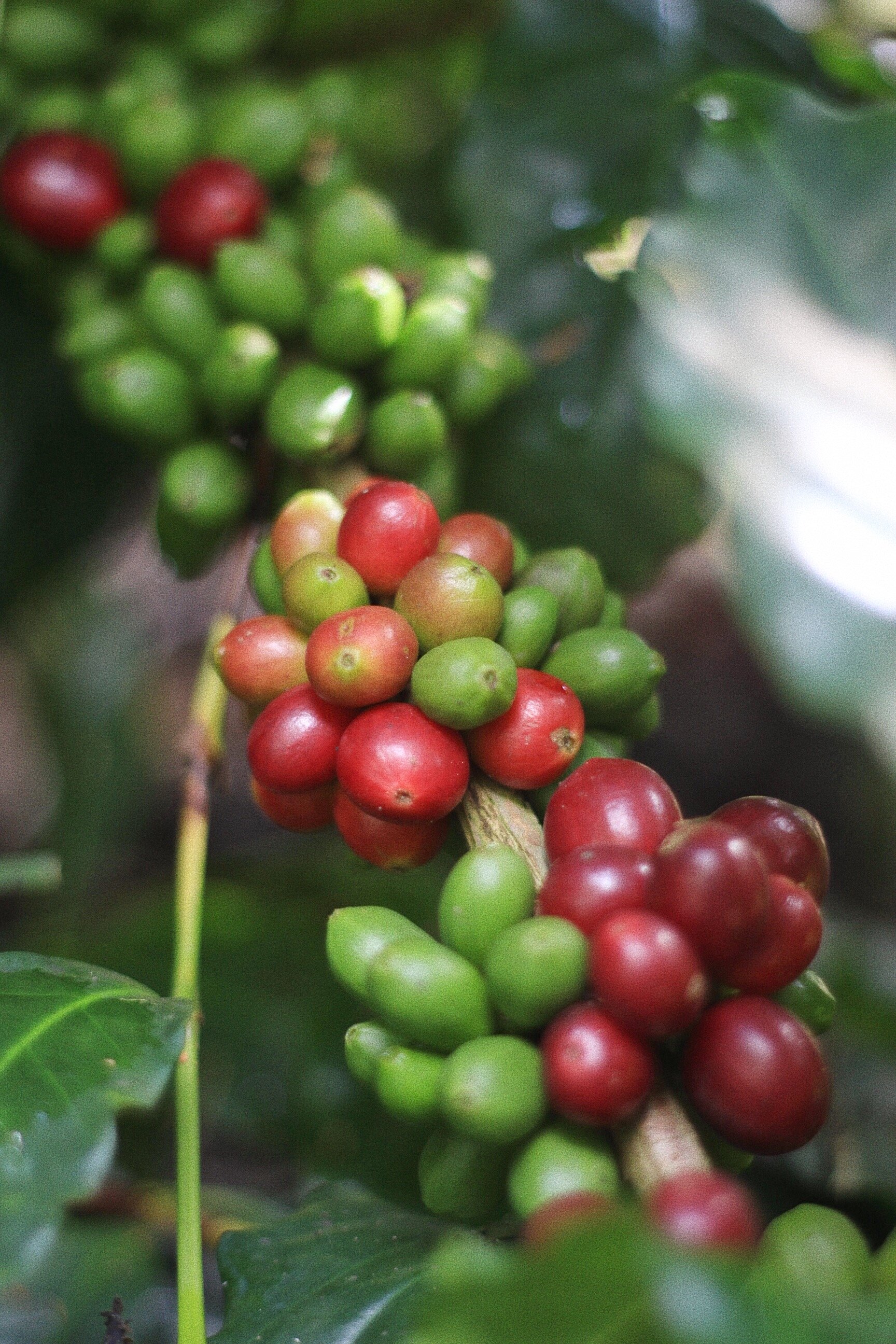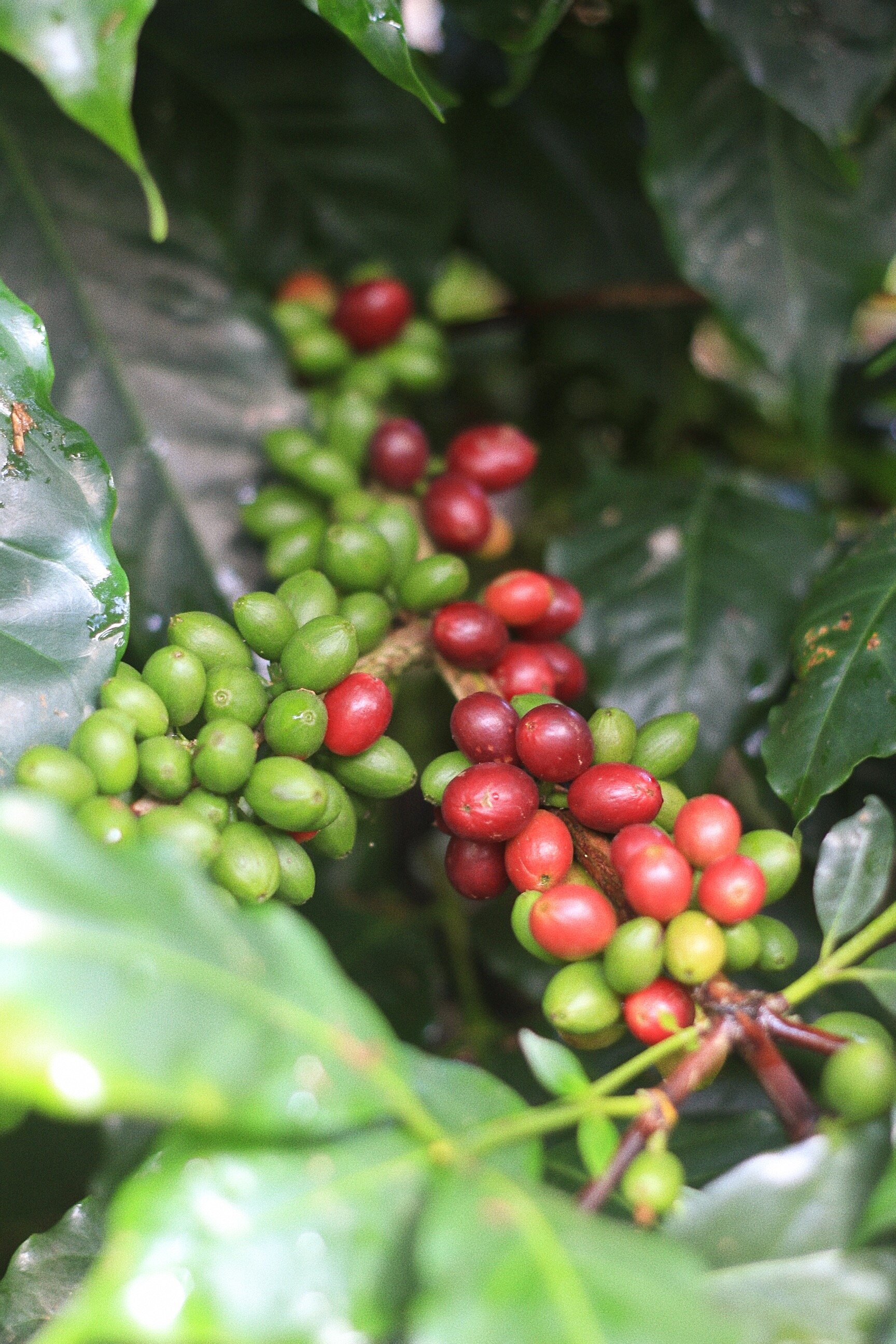This time of the year is always so exciting! The weather changes, there is a festivity in the air, holiday coffees are being released, and a whole new year is ahead of us. Overall it seems that our roasters and their communities are really enjoying the coffees from this past harvest and are moving through them well. Marianela and I have been fortunate enough to spend time with my family in Arizona, recently. We took advantage of our time in the Southwest of the U.S. and responsibly visited some of our roasting partners. At the same time, the coffee trees in several regions of Costa Rica are already bearing ripe fruit and the farmers are having to begin harvesting their production. Cooperatives and multinational mills are already open - accepting the first few “fanegas” of early crop cherry for lower grade regional coffees. Every quality needs to be used for a farm to be sustainable and it should have its place in the market.
As many of you know Central America was hit extremely hard by two sequential hurricanes, Eta and Lota. Our heart goes out to our friends, colleges, and the people of Nicaragua, Honduras, El Salvador, and Guatemala as they were hardest hit. We are very lucky that Costa Rica missed a lot of the hurricanes’ force; however copious amounts of rain still came from the storms causing damage and displacement around the country. On a positive note, we are hoping that the good rain fall over the past year will lead to higher quality coffee. If you recall, last year was pretty dry and we noticed some issues in quality because of it. Even more fortunate news is farmers, across the board, are reporting that the harvest seems to be coming in about a month later than usual. This is great not only because it gives the farmers a little bit more time to figure things out, but it could also translate into better quality this year.
By now, many farmers have had to manage to find labor despite the hurdles posed by covid-19 restrictions. The fortunate producers located in later harvesting areas are still preparing their wet mills and corralling their harvesting groups for the season. However, the preparation has been hard for a lot of farmers as they may have been de-motivated by volumes and last minute prices from the previous harvest. We are hearing from multiple farmers that they feel uncomfortable processing coffees without already having firm commitments to it. Although we managed to give top dollar to a large chunk of each producer’s coffees - if they processed more than we could help them sell (which was difficult during the first months of the pandemic) then they would have to either wait or eventually settle for less.
So, farmers are really hoping to get the most accurate picture they can as they go into this harvest. Marianela and I have been working hard at collecting feedback and forecasting from our roasting partners. If you have received a message from us checking-in be sure to reply as soon as you can! While it’s relatively easy to get feedback, it’s been really challenging for our partners to forecast for next year. With so many countries going back into lock downs - our partners are quite unsure of the future and the farmers definitely feel that from this year’s trading season back in March. We’ll probably see wet mills processing a lot less of their yields and settling for a lower, yet more secure pay for delivering their fruit. We are hoping that most farmers continue to process a small amount of the creme of the crop.
In the meantime, we don’t see the demand for conventional or high commercial coffee being very strong. In fact, by talking to many of our roasting partners we have noticed that micro-lot coffees have been a bigger success throughout the pandemic. As restaurants, cafes, and hotels have had to scale back and/or close the consumption of commercial coffee declined. People now working at home have been buying bags of coffee and brewing at home - often choosing more top tier coffees. We fear that while farmers choose to go back to delivering their fruit; the prices from cooperatives and multinationals will be at all time lows, albeit a safer bet.
As the population begins to feel more comfortable living through a pandemic and travel becomes more frequent we are anticipating people coming to Costa Rica and the coffee farms. It’s no surprise that covid cases will be going up in the farms throughout the harvest, and so, protocols are being put in place to mitigate that. Among procedures that everyone is well used to by now - some municipalities, most notably Tarrazu, have constructed temporary hospitals on soccer fields in the farming areas to attend to anyone who falls ill. It has been an interesting internal debate for us in deciding how to approach visit inquiries this harvest. While we aren’t encouraging folks to do origin trips - we do feel responsible to host those that find their way to Costa Rica. So if it is a must for you, please get in touch with us to make sure it goes smoothly!








